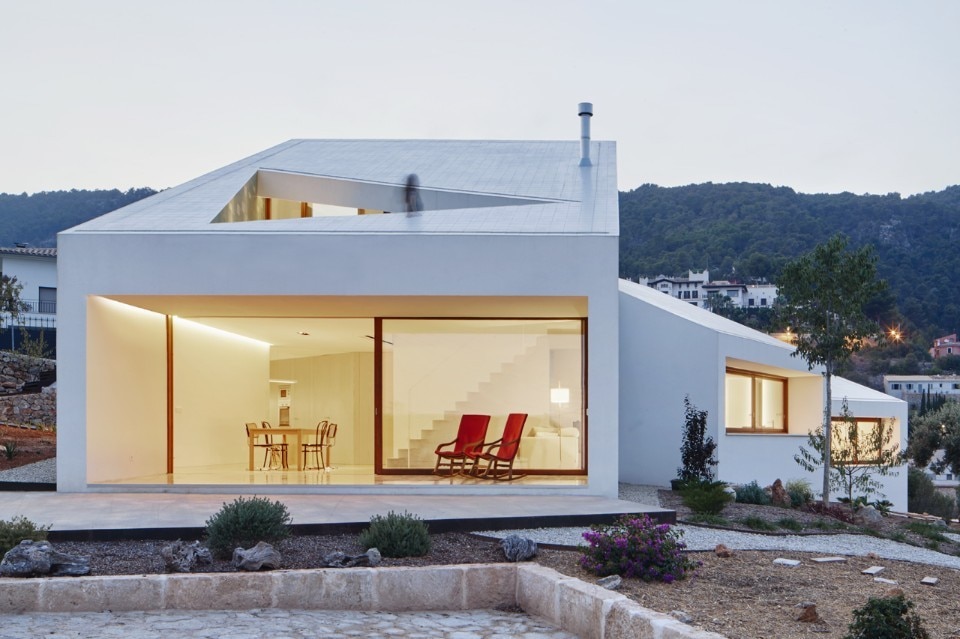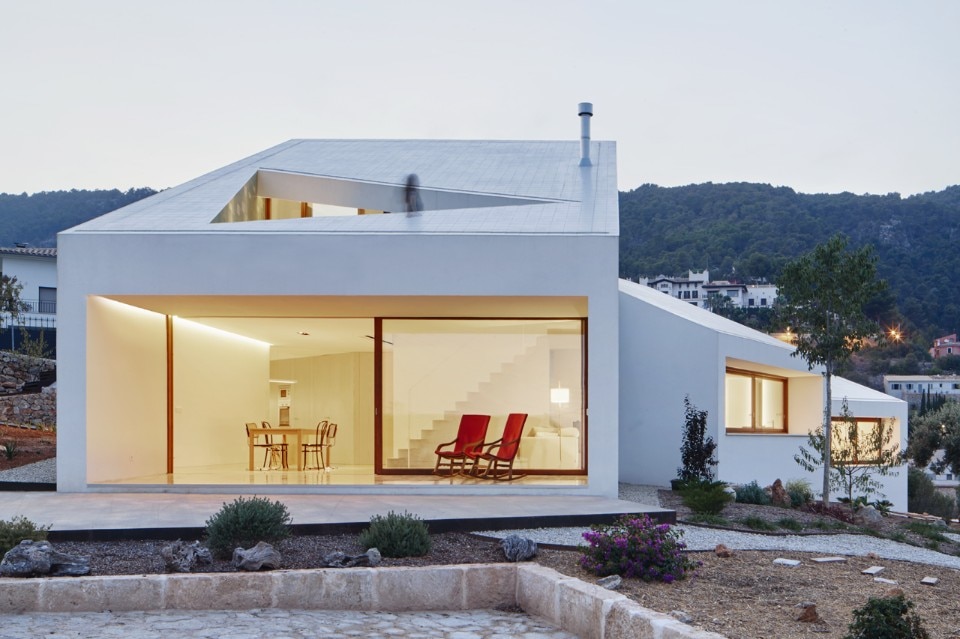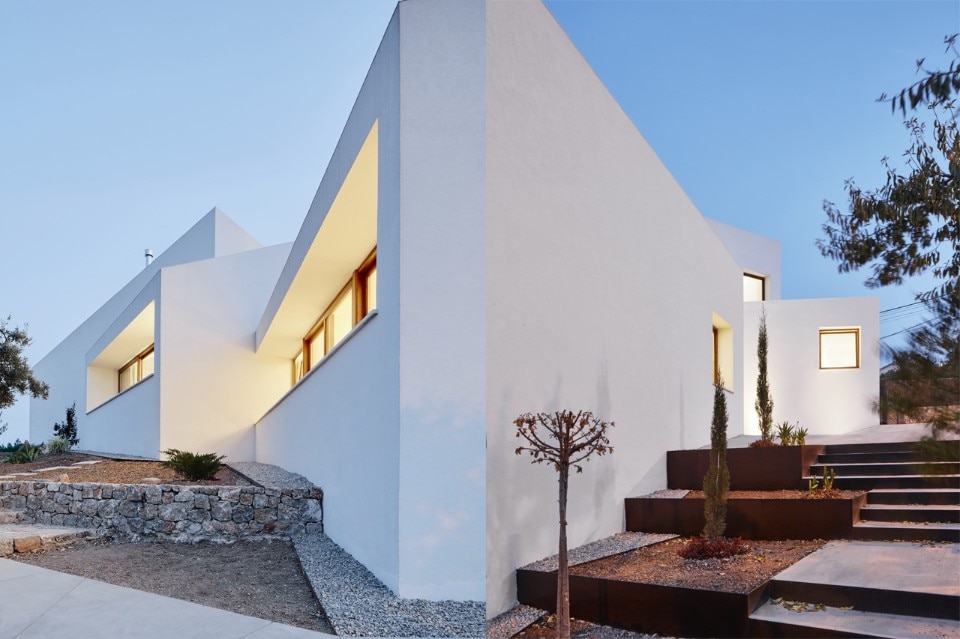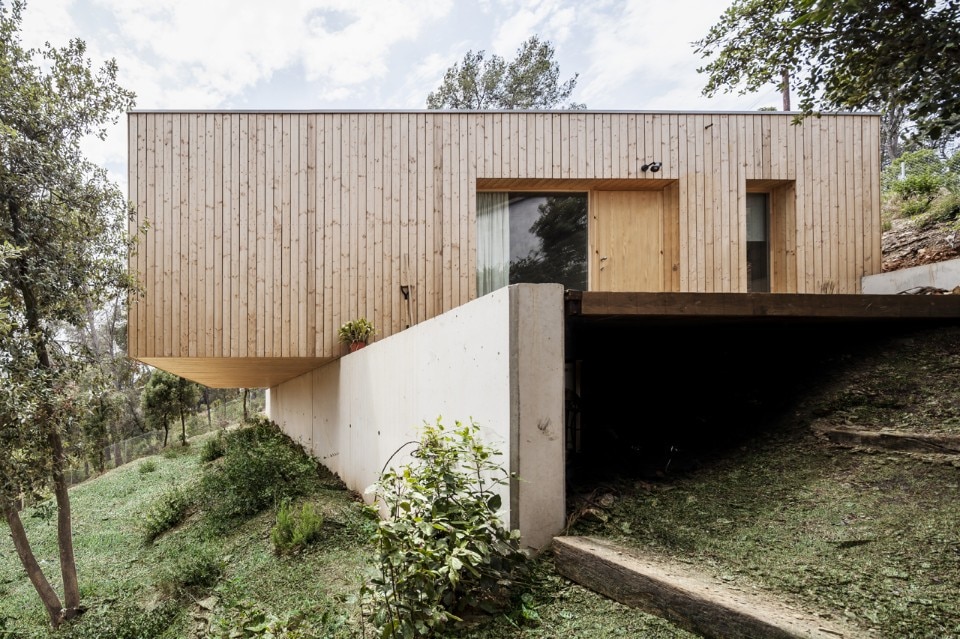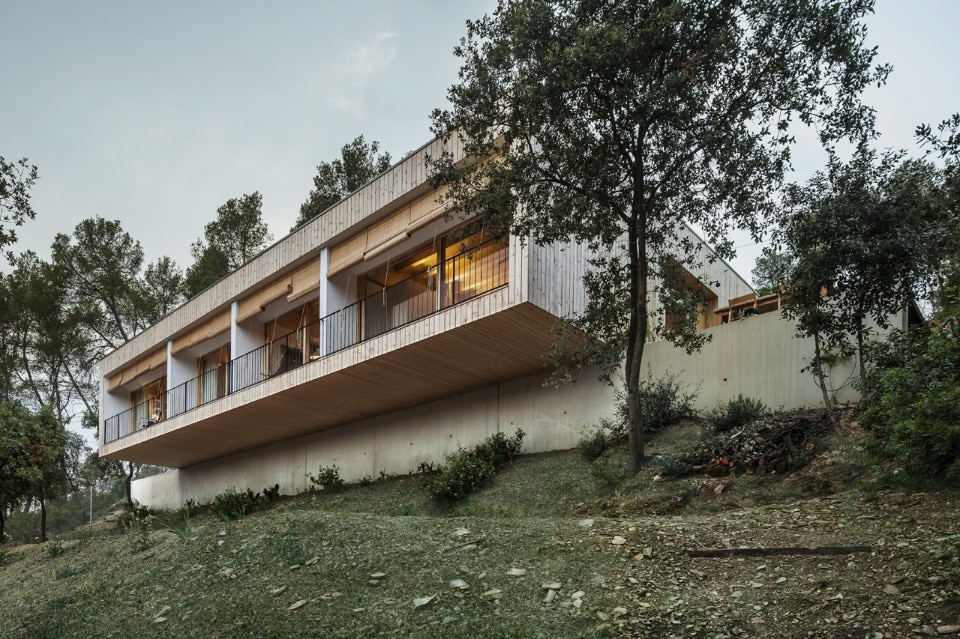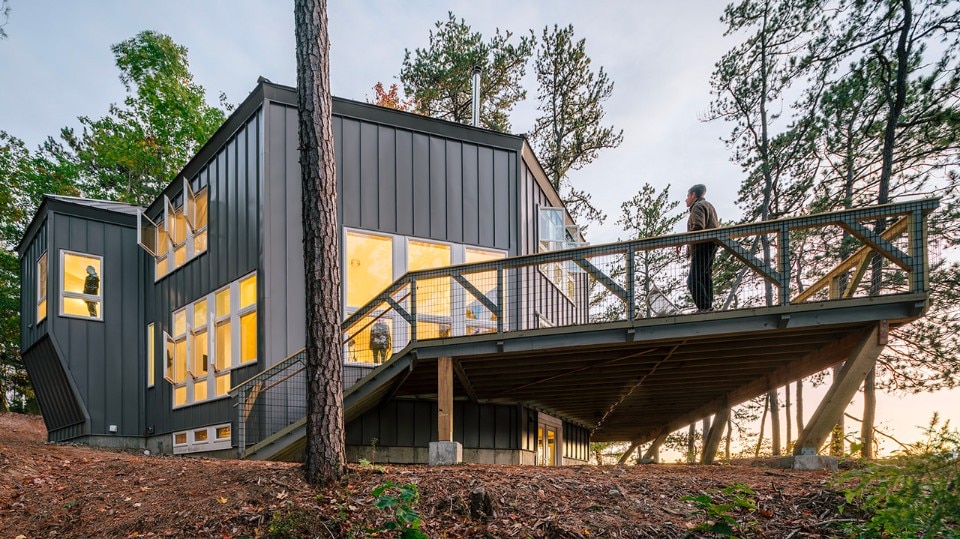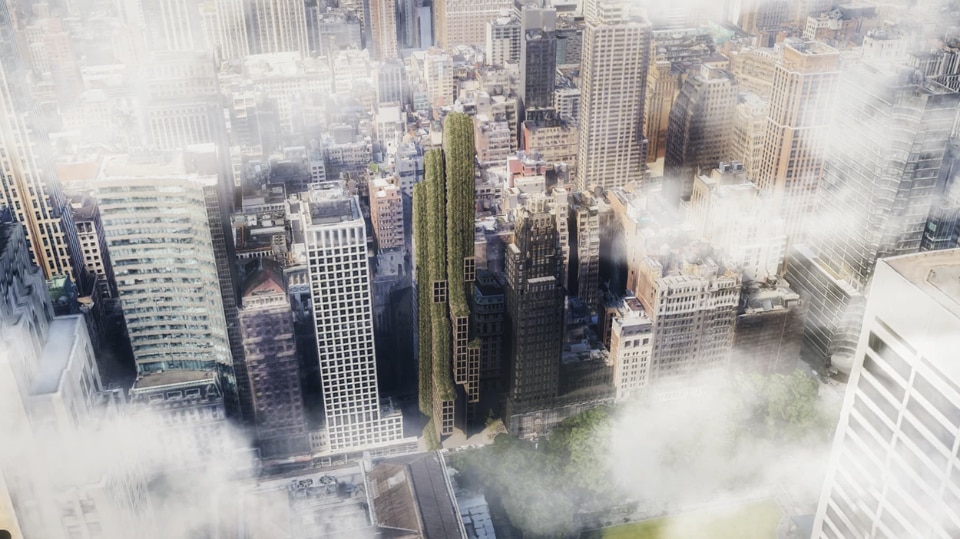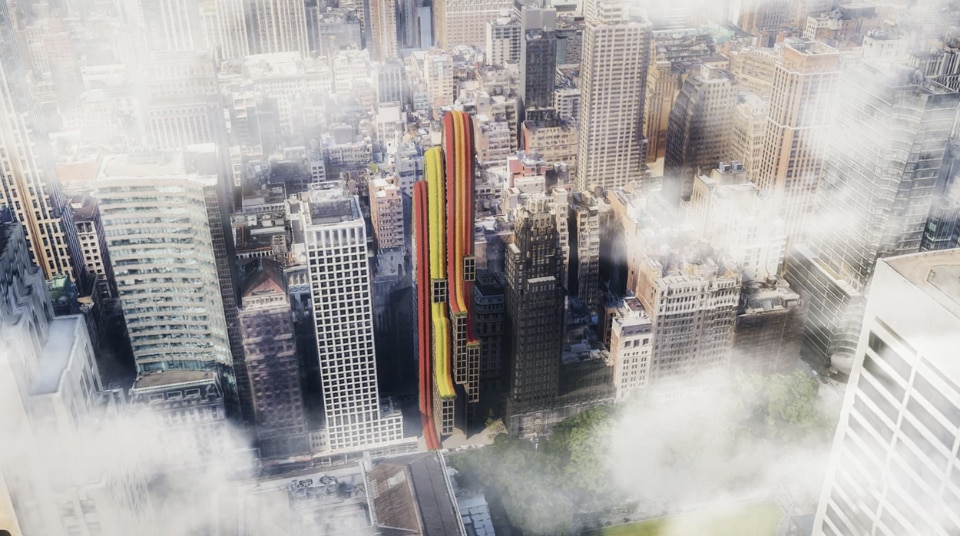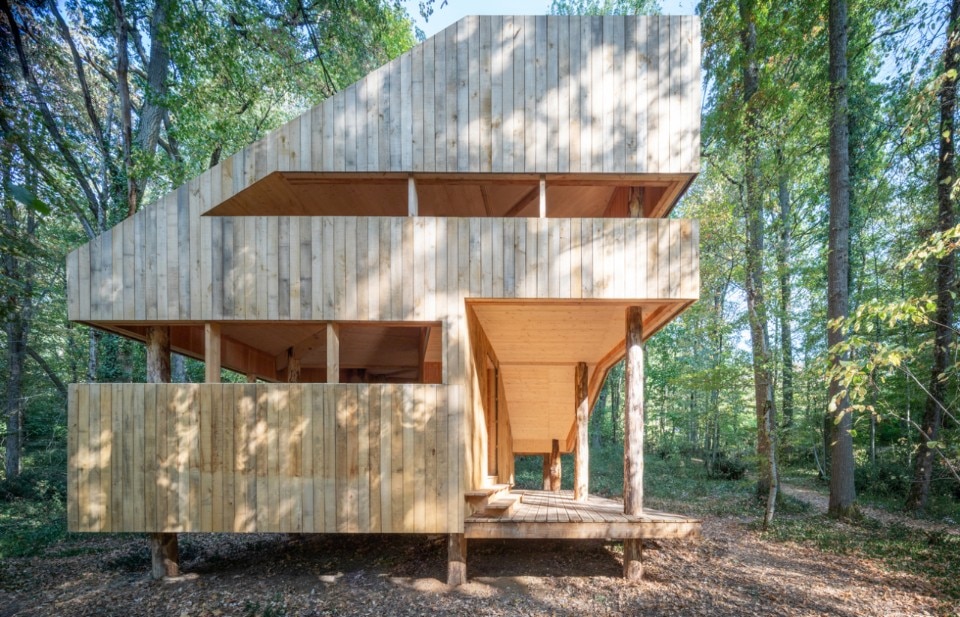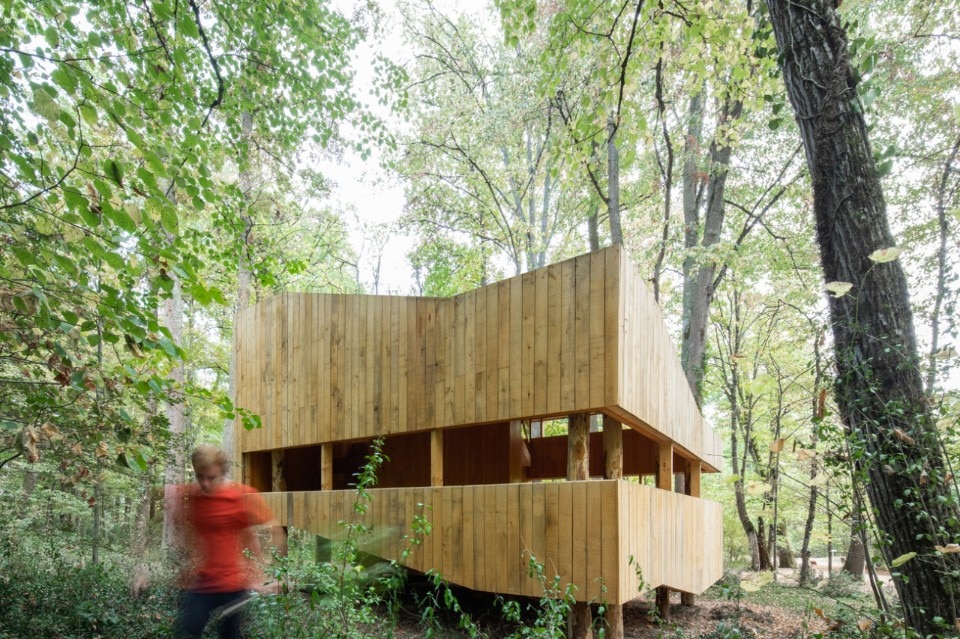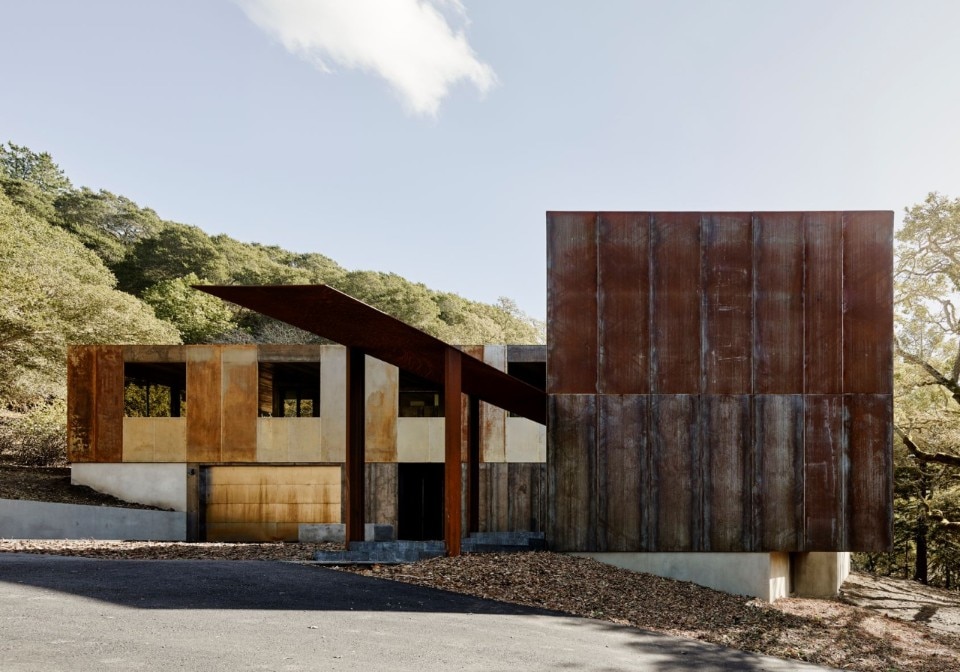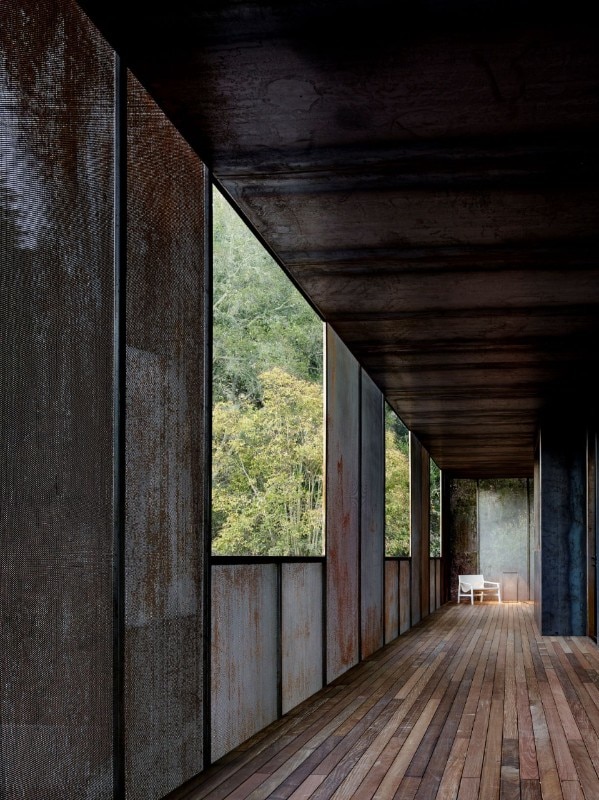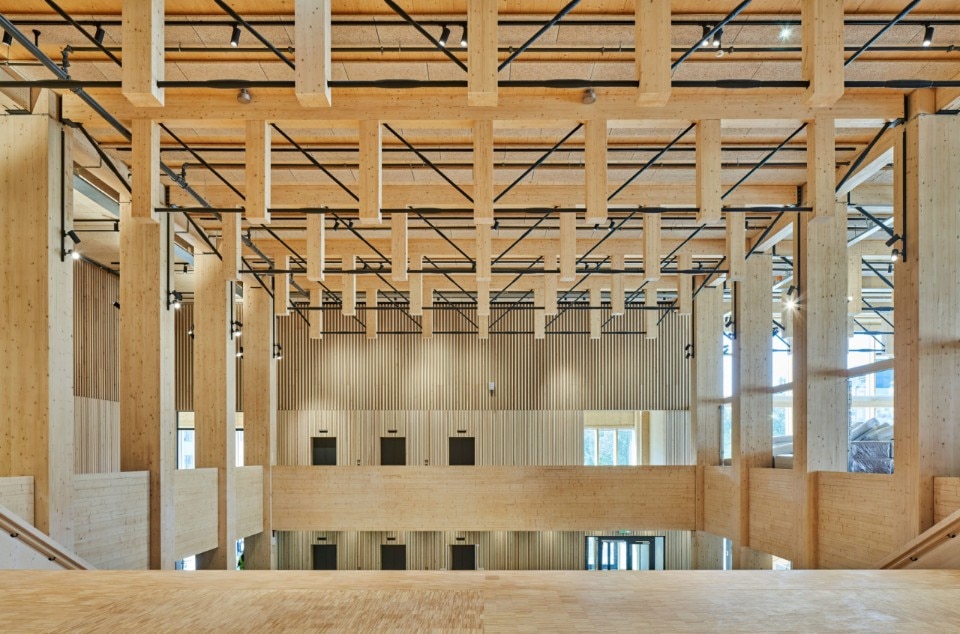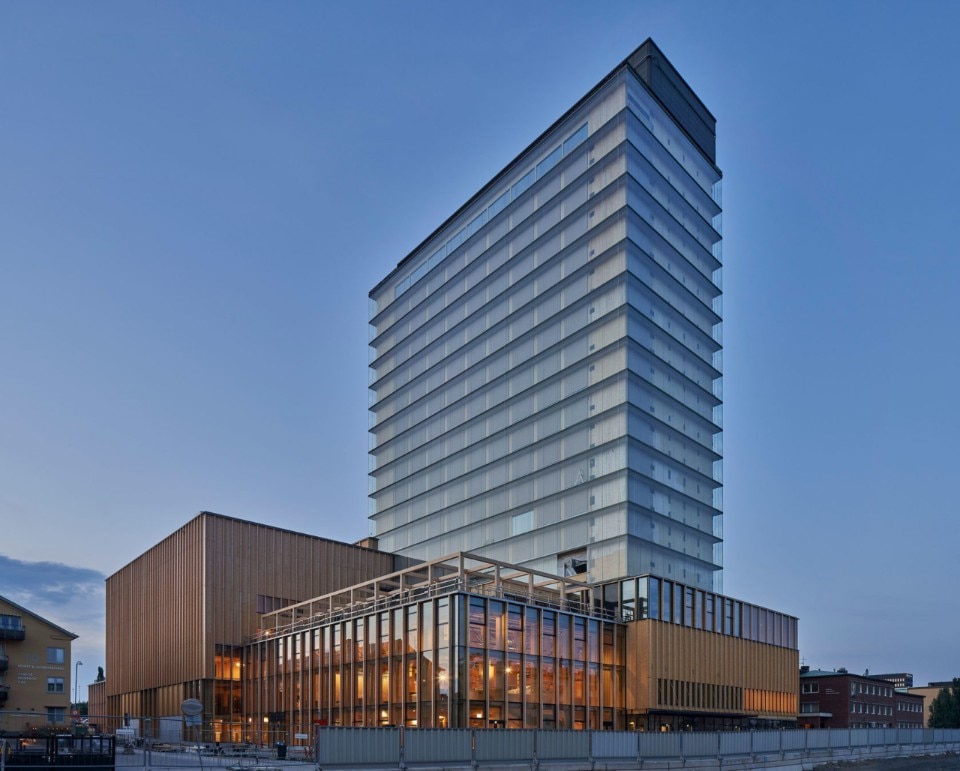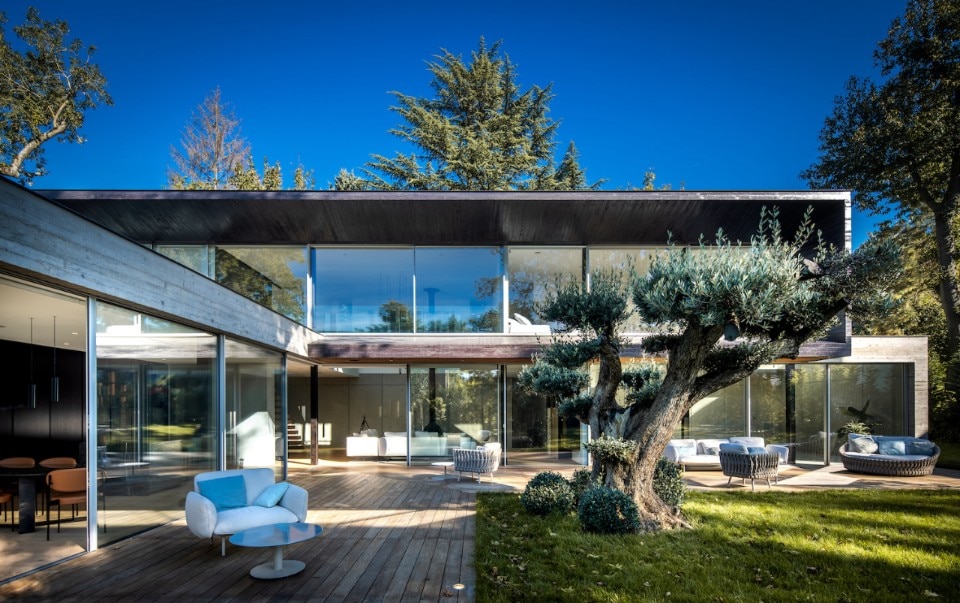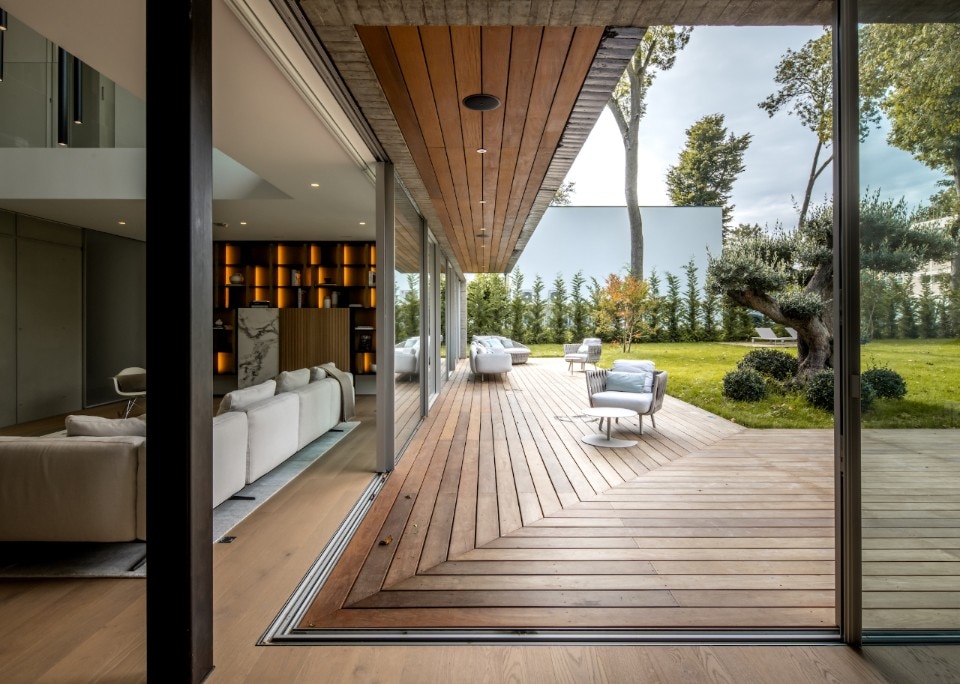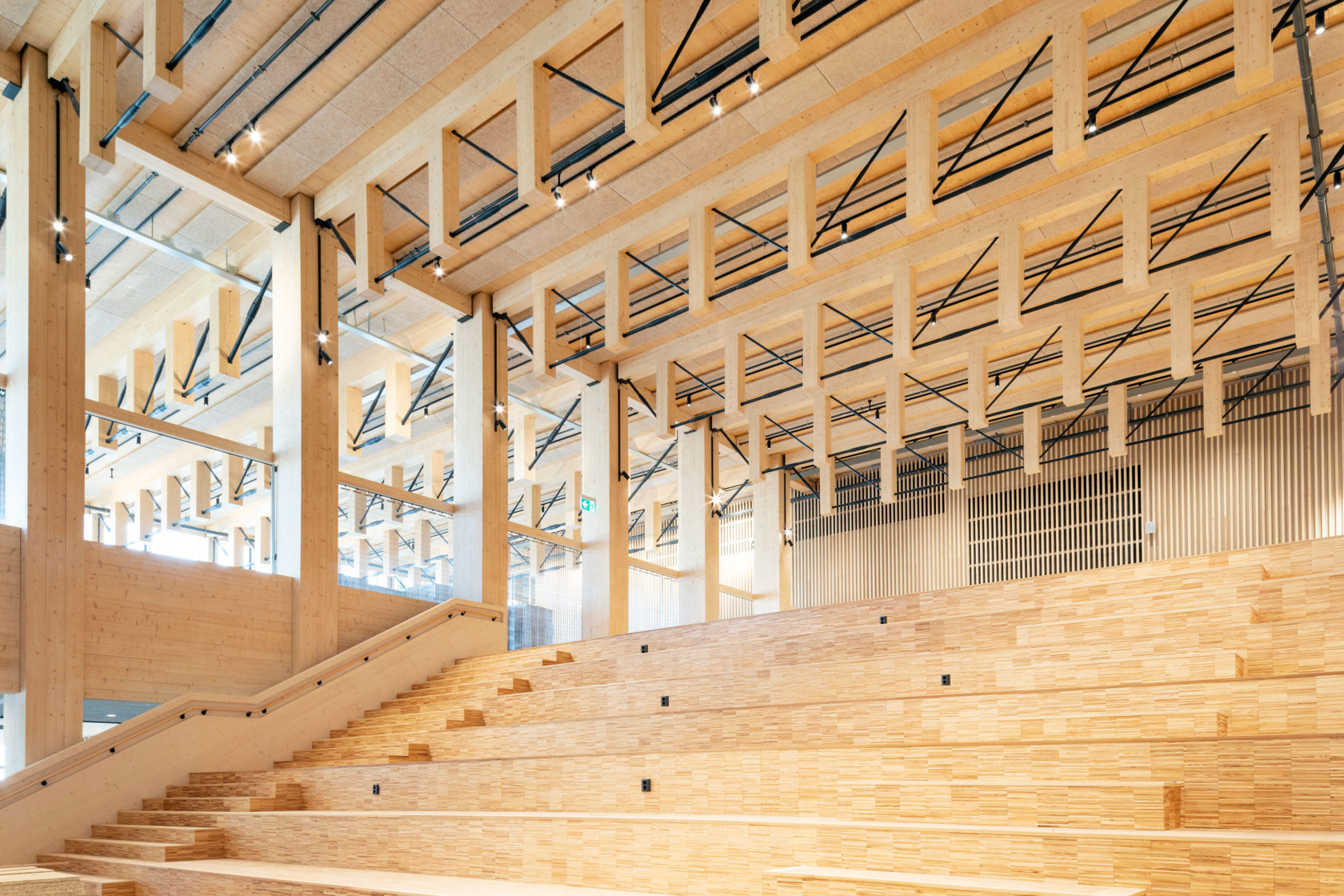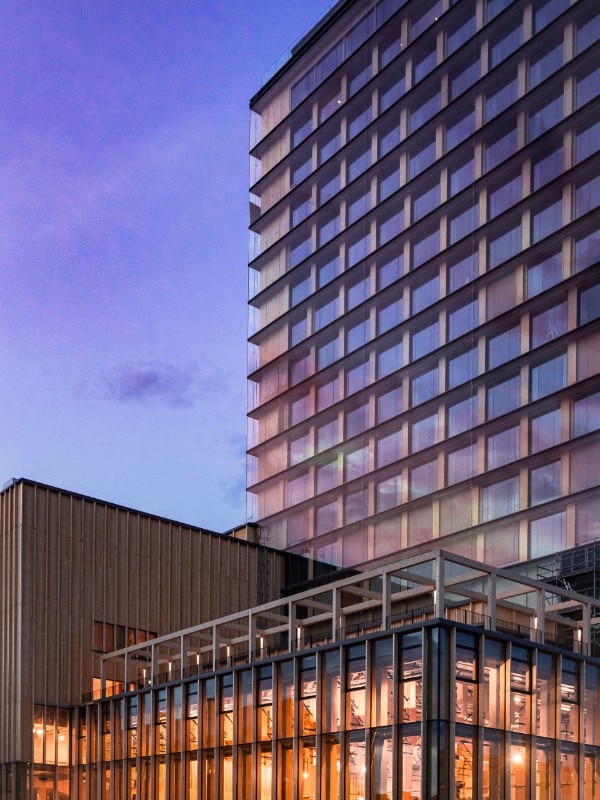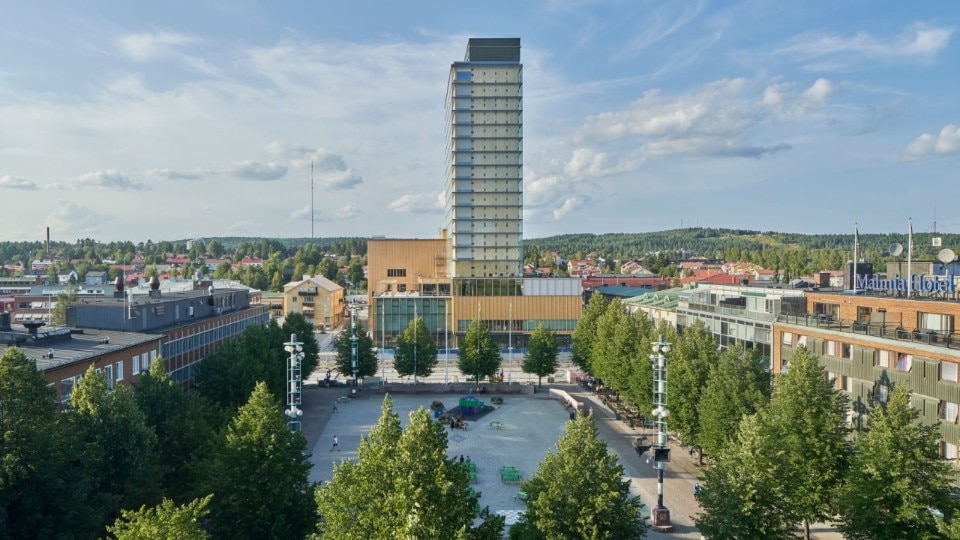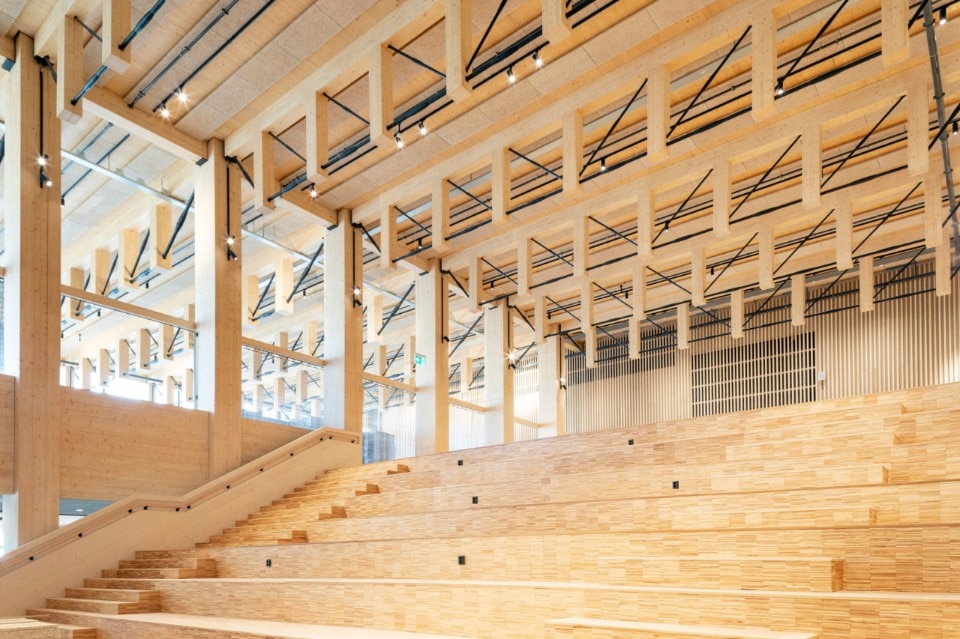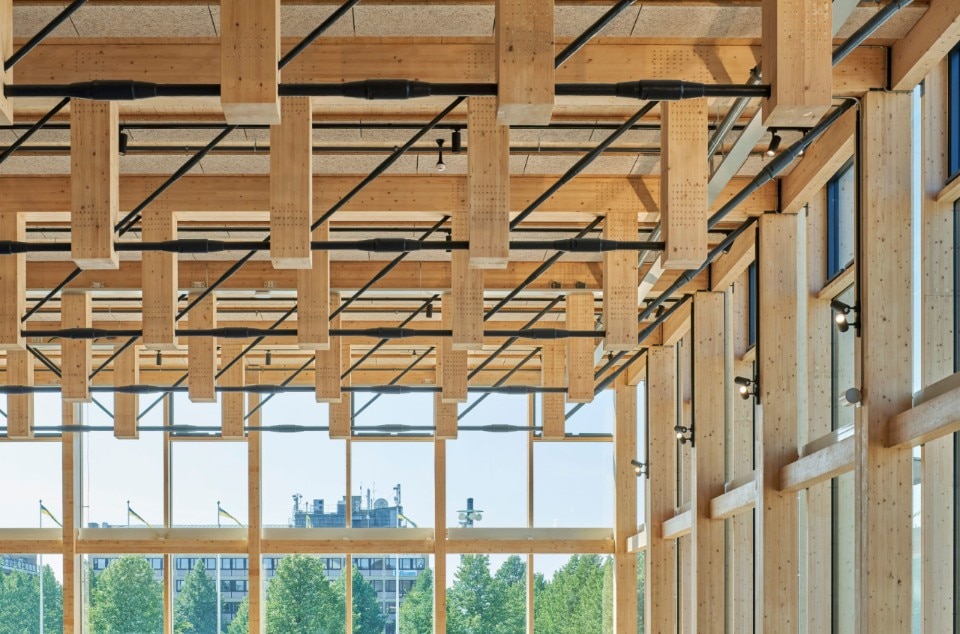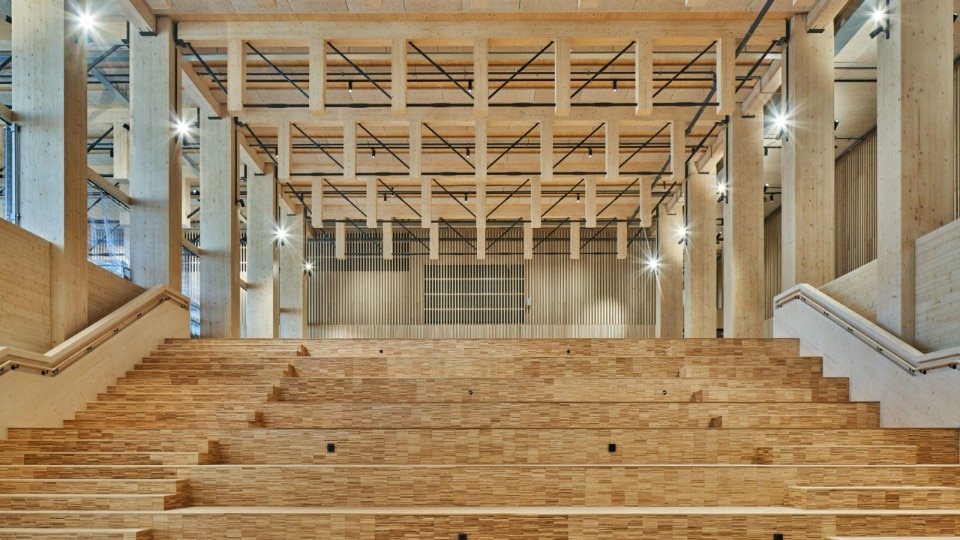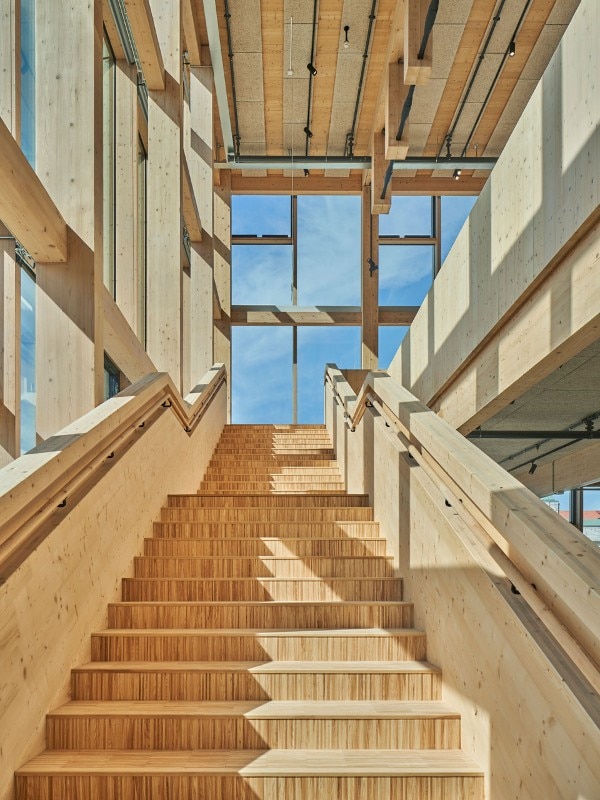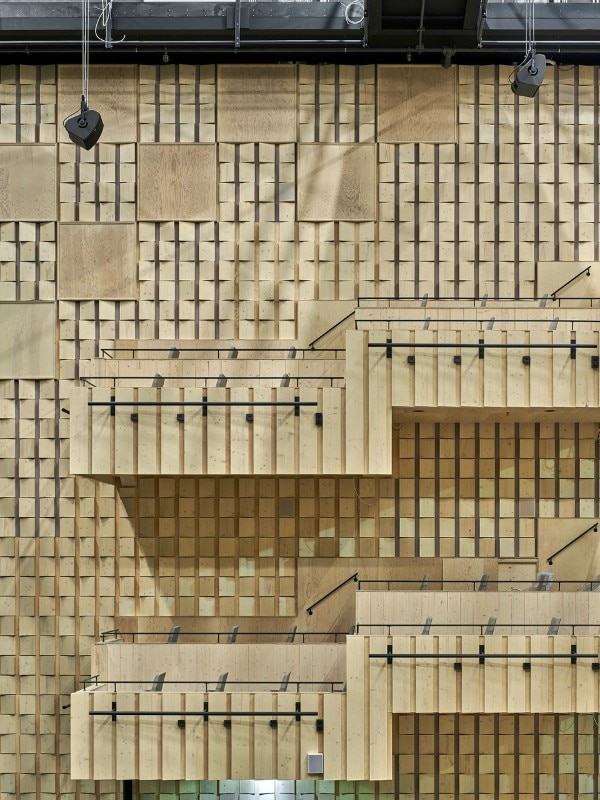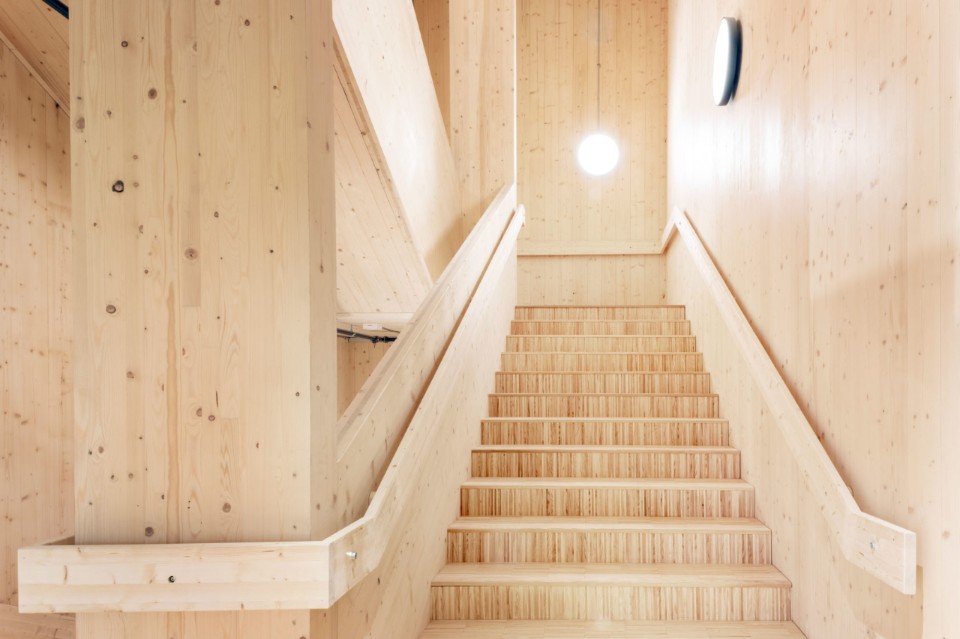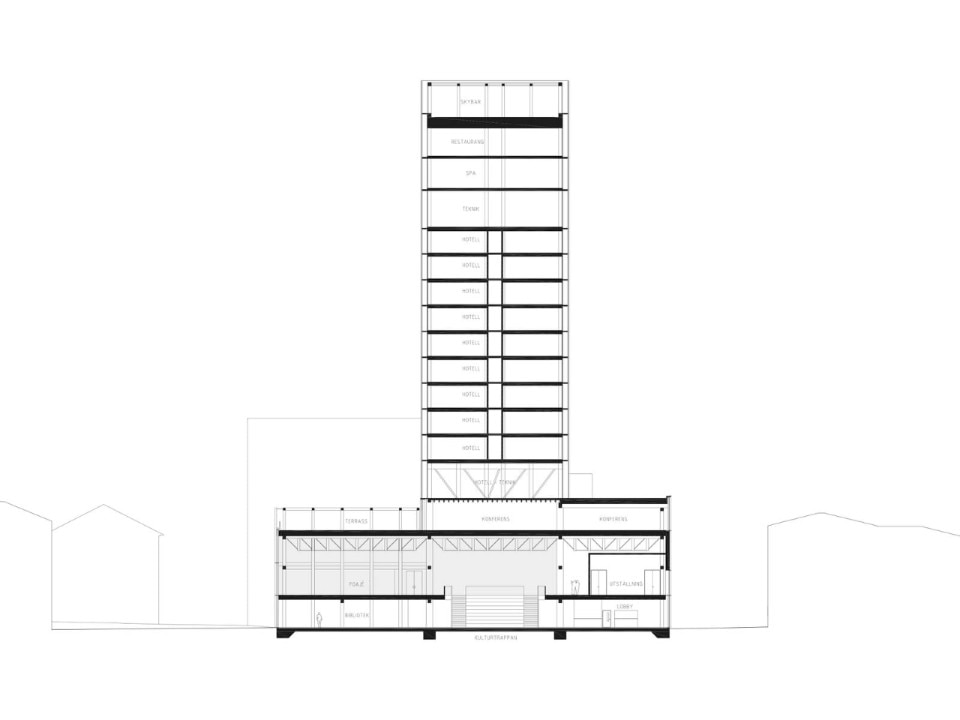Passive architecture refers to buildings capable of ensuring living comfort without other heating or cooling systems. The terms’ passive house’ and “passive building” are expressions found in a 1978 publication entitled “Regional guidelines for building passive energy-conserving homes” published by the AIA Research Corporation. About ten years later, the title Passivhaus appeared for the first time in Germany, with the construction of four terraced houses in the Kranichstein district of Darmstadt by Dr. Wolfgang Feist in 1991.
More recently, this terminology is also linked to the “active house”, a building capable of producing more energy than is needed to ensure its operation. All the energy produced in excess during the operation of the building – through the use of renewable sources such as photovoltaics, for example – somehow compensates for the energy produced for the construction of the house.
What is a passive house
For several years now research has been proliferating in the fields of architecture and construction on passive constructions, on materials and techniques for retaining heat in winter and coolness in summer, on strategies for recycling and reusing raw materials, structural elements, packaging, even locations, to reduce ecological (and economic) transport costs. Awareness of the issue is becoming increasingly important year after year, considering that the construction sector accounts for almost 40% of the world’s carbon dioxide emissions, 11% of which result from the production of construction materials such as steel, cement, or glass.
Responding to the alarming statistics, governments have put several action plans to limit carbon emissions and ensure a sustainable environment. For example, in July 2021, the European Commission adopted a package of proposals to reduce net greenhouse gas emissions by at least 55% by 2030. By definition, carbon neutrality eliminates the number of greenhouse gases produced by human activity by reducing existing emissions and implementing methods to absorb carbon dioxide from the atmosphere.
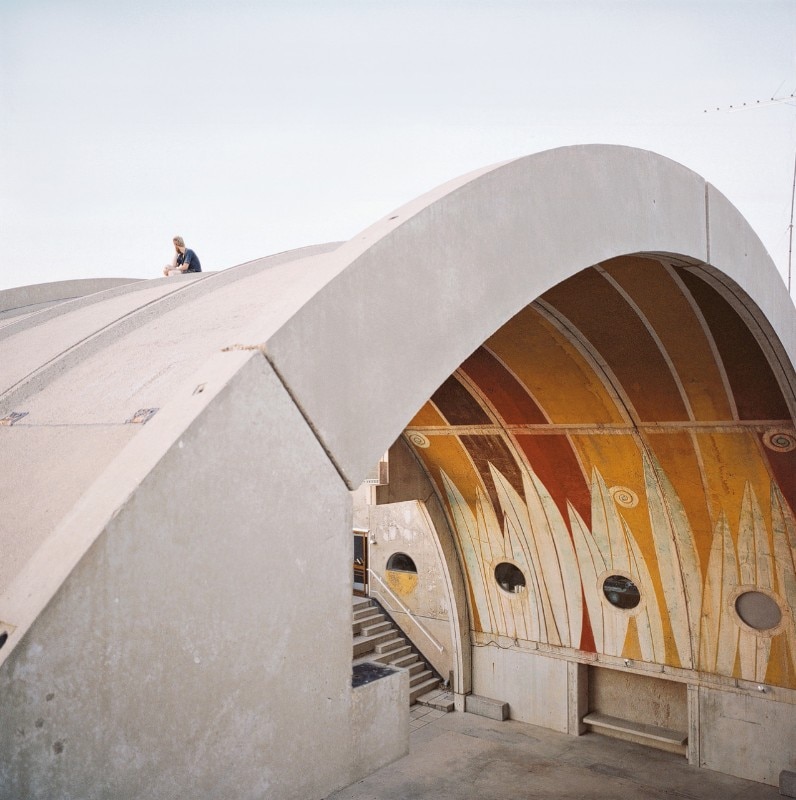
In Italy too, with recent measures such as the Bonus facade 90% – for “interventions aimed at recovering or restoring the external facade of existing buildings” – and the Superbonus 110% – designed to “encourage energy efficiency and anti-seismic interventions” – the theme of making residential buildings, but not only, less energy-intensive is also taking shape from a regulatory point of view. From 1 January 2021, for example, new buildings, both public and private, will have to be nearly zero energy, or nZEB (nearly Zero Emission Buildings). The standard in question defines a nearly zero energy building as a ‘building with very high energy performance’. Any architecture, in practice, will have to be able to compensate, or offset, the amount of energy required to build and operate it during its lifetime in all aspects of the site, source, cost, and emissions. In other words, the building can produce enough energy to minimize the amount of energy required for its daily operation.
A brief history of passive architecture
Architecturally, to guarantee the energy self-sufficiency of a building, it is essential to design an “envelope” capable of maintaining constant and comfortable internal temperatures all year round. But although high-performance windows and doors, extra insulation, and heat recovery systems certainly help, the solutions to be adopted can also be spatial, as vernacular architecture was rich in. The yakh-chāl for example, an ancient Persian icehouse, was capable of guaranteeing – thanks to its underground compartment associated with a thick heat-resistant wall – the creation of ice in the region’s torrid heat long before the invention of electricity.
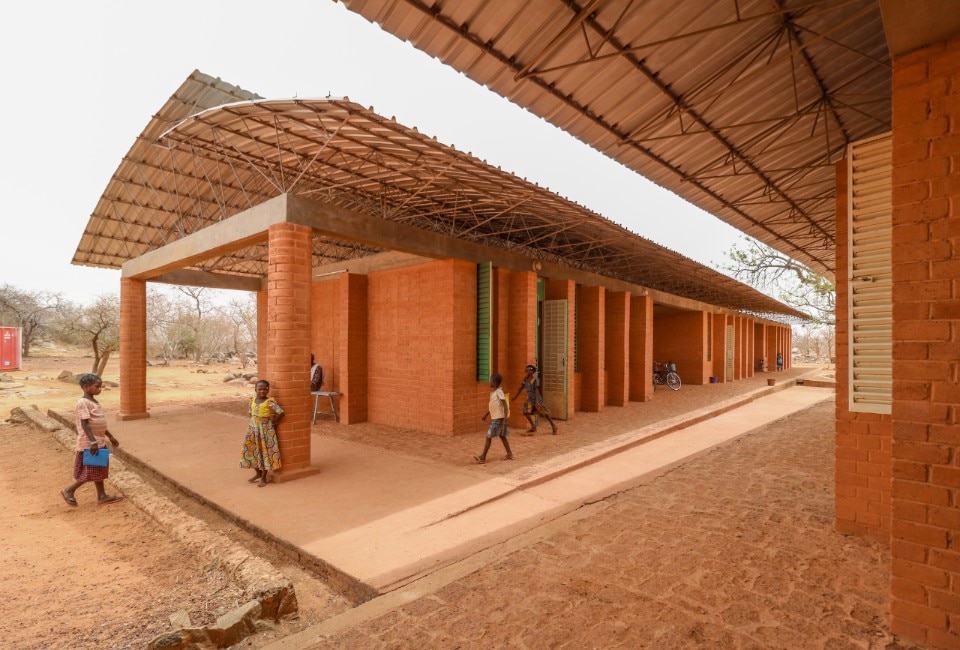
Much later, we recall the utopian vision of Paolo Soleri from Turin, based on a system in which construction and person interact as organs in a highly evolved ‘being’. Arcosanti, a self-built settlement in the Arizona desert, is energetically passive for light, heating, and air conditioning requirements. Its success is due in this case to wind-powered generators and “garment architecture” which, as the name suggests, “dresses up” according to the season: in winter, transparent membranes which the sun passes through, altering the temperature inside, and in summer sunshades to envelop the structure in shadow.
In a more contemporary vein, even the recent Pritzker Prize winner Francis Kéré makes use in his projects of spatial devices capable of lowering energy demand, rewriting a vocabulary by elaborating it ad hoc and recovering construction techniques that make performance and expression at the same time: wind towers, management of lighting and ventilation, creation of shadow chambers, double roofs.


